Capsicum
White Mold
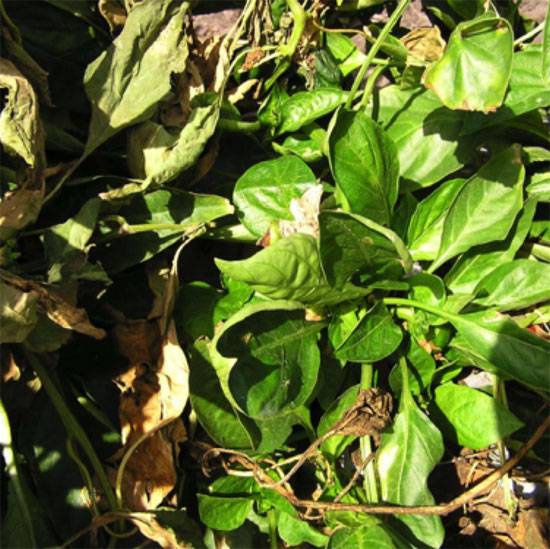
Sclerotinia sclerotiorum
Fungal Disease
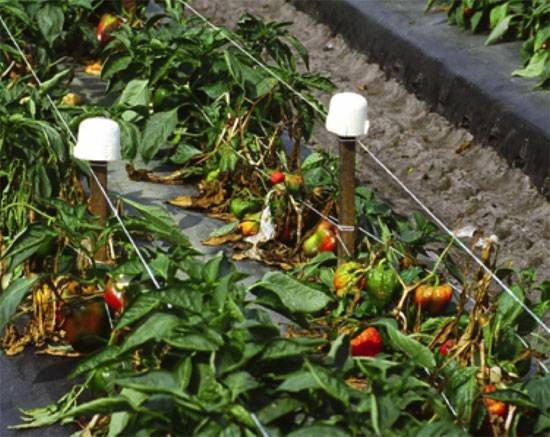
Sclerotinia sclerotiorum
Fungal Disease

Sclerotinia sclerotiorum
Fungal Disease
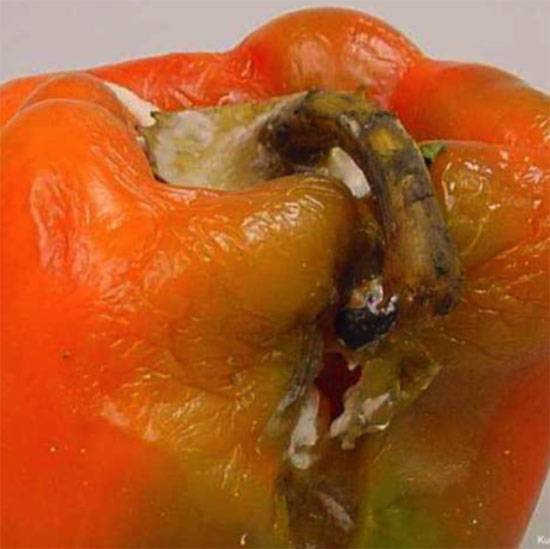
Sclerotinia sclerotiorum
Fungal Disease
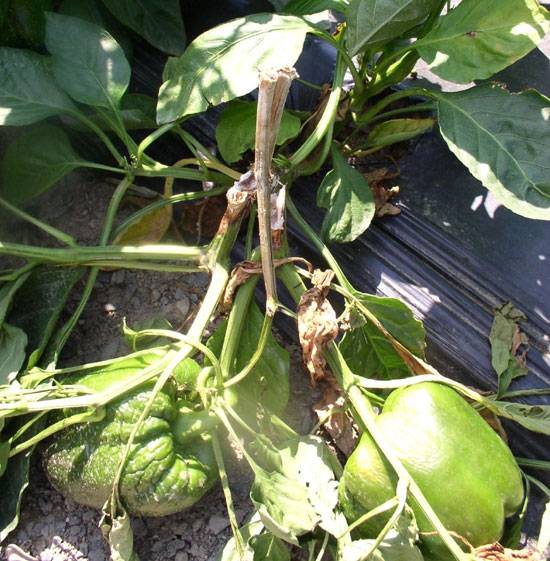
Sclerotinia sclerotiorum
Fungal Disease
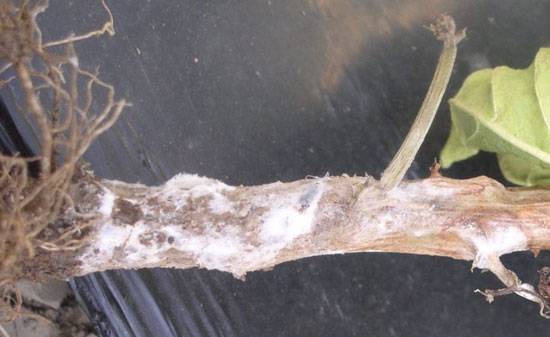
Sclerotinia sclerotiorum
Fungal Disease
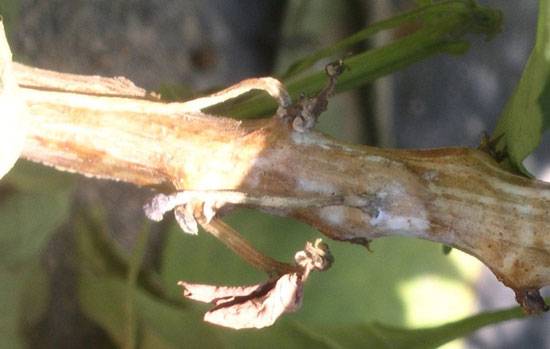
Sclerotinia sclerotiorum
Fungal Disease
White mold, caused by the fungal pathogen Sclerotinia sclerotiorum, is a significant concern for capsicum (pepper) growers, particularly in cool, moist conditions. This pathogen has a broad host range, attacking over 360 species of plants, including 18 genera and 32 species in the Cruciferae family. Here’s a brief overview of its signs, symptoms, disease cycle, and management strategies.
Signs & Symptoms
- Initial Symptoms: Look for water-soaked lesions on stems that later turn bleached gray-white, resembling animal bones left in the sun. This color change is a hallmark of infection.
- Fungal Growth: The presence of white mycelium on infected plants confirms the disease. Black sclerotia may also be observed, which are hardened structures that allow the fungus to survive adverse conditions.
- Wilting: Infected plants may exhibit general wilting symptoms, either partially or completely, due to stem infection.
- Critical Conditions: The disease is most prevalent when daytime temperatures are consistently in the 20s°C or lower. Blooming periods are particularly vulnerable as dying flower petals can facilitate pathogen invasion.
Disease Cycle & Epidemiology
- Environmental Factors: White mold thrives in cool, moist weather, with ideal temperatures ranging from 15-21°C. High humidity, rainfall, and heavy dew periods favor the development and spread of the disease.
- Infection Mechanism: The pathogen typically invades through dying flower petals trapped in crooks of stems, leading to subsequent stem infections.
- Sclerotia Formation: Sclerotia develop small, mushroom-like structures that produce spores abundantly. These spores are dispersed by air currents to infect nearby pepper and tomato plants.
Field Signature
- Field Symptoms: Poor stands in pepper fields, along with visible white mold growth on damaged stems, are strong indicators of white mold presence.
Managing white mold (Sclerotinia sclerotiorum) effectively requires a multi-faceted approach. Here are several key control measures:
Avoid Over-Fertilization:
- Excess nitrogen promotes dense canopy growth, which creates microclimatic conditions that retain moisture. This moisture retention favors apothecia production, ascospore release, and subsequent infection.
Crop Rotation:
- Implement a long rotation of at least three years away from susceptible crops. Sclerotia can remain dormant in the soil for extended periods, so rotating crops helps mitigate their impact. Studies indicate that sclerotia degrade more rapidly when buried compared to being left on the surface.
Good Weed Control:
- Weeds can serve as hosts for the pathogen. Effective weed management reduces the likelihood of infection and the spread of the fungus.
Avoid Wounds:
- White mold tends to be more severe in plantings with mechanical damage or pesticide injury. Bruises and other injuries to plants can allow the fungus to colonize these vulnerable areas, leading to infection. Ensure careful handling during cultivation and harvesting to minimize physical damage.
Remove Affected Plants:
- In small-scale production systems, such as high tunnels, promptly remove affected plants to prevent the sclerotia from surviving in the soil until the next planting of susceptible crops.
Incorporate Debris Promptly After Harvest:
- Plowing affected fields immediately after harvest helps reduce sclerotia production and hastens their decomposition, which decreases the inoculum for future crops.
Soil Application:
- Use biofungicides like Trichoderma, Pseudomonas, Bacillus Subtilis. These can be applied to soil before planting, at planting, after transplanting, or post-harvest.
- Use biofungicides like Trichoderma, Pseudomonas, Bacillus Subtilis. These can be applied to soil before planting, at planting, after transplanting, or post-harvest.
Foliar Application:
- Successful control of white mold also involves using foliar fungicides. It’s crucial to spray at the right time and ensure thorough coverage. Conventional fungicides from several FRAC groups (1, 2, 3, 7, 11, 12, and 29) are labeled for white mold control. Additionally, contact fungicides like copper and chlorothalonil can be effective.
Implementing these control measures in combination will help mitigate the risk of white mold in capsicum crops, leading to healthier plants and improved yields.
Understanding the signs and symptoms of white mold in capsicum is crucial for effective management and prevention. By monitoring environmental conditions and implementing cultural practices to reduce moisture, growers can mitigate the impact of this destructive disease. Early detection and intervention are key to maintaining healthy crops and maximizing yield.





